EDIT: THERE SEEMS TO HAVE been a HUGE misunderstanding of the term “hard”.
Many people in the responses thought that by “hard” I was referring to the level of difficulty of the SHA-256 PoW problem needed to mine a block. This is NOT what I meant.
I meant hardness in the general economic sense. I.e., the difficulty of generating more of an asset, sometimes measured by the stock to flow ratio.
The conclusion is that Bitcoin WILL indeed be 2x as hard an asset after May 2024, certirus paribus. Of course, this will not be the case as there are so many other variables at play, like the hashrate.
This shows the importance of defining terminology to avoid misunderstandings. I did not mean hard in terms of Bitcoin’s difficulty adjustment level. I meant it in terms general economic difficulty of getting one more Bitcoin.
I know of course that the hashrate will not remain the same but this question is purely for understanding.
Will 1 Bitcoin require twice as much electricity to obtain after the mining reward halves, assuming the hashrate remains the same?
Thanks and sorry if this is a slightly strange question.

You can get bonuses upto $100 FREE BONUS when you:
💰 Install these recommended apps:
💲 SocialGood - 100% Crypto Back on Everyday Shopping
💲 xPortal - The DeFi For The Next Billion
💲 CryptoTab Browser - Lightweight, fast, and ready to mine!
💰 Register on these recommended exchanges:
🟡 Binance🟡 Bitfinex🟡 Bitmart🟡 Bittrex🟡 Bitget
🟡 CoinEx🟡 Crypto.com🟡 Gate.io🟡 Huobi🟡 Kucoin.






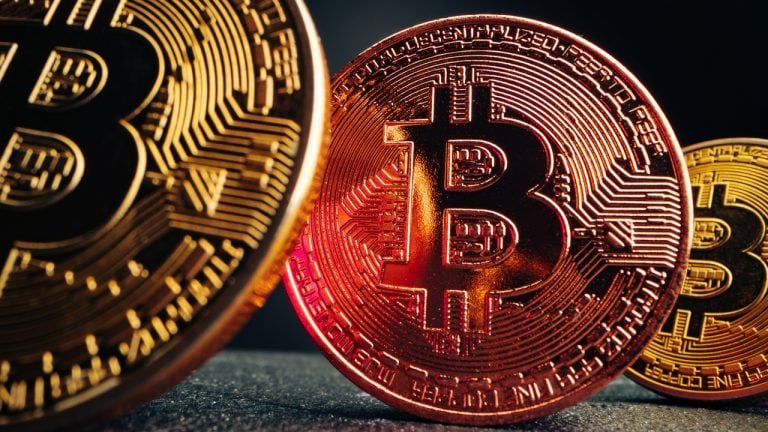

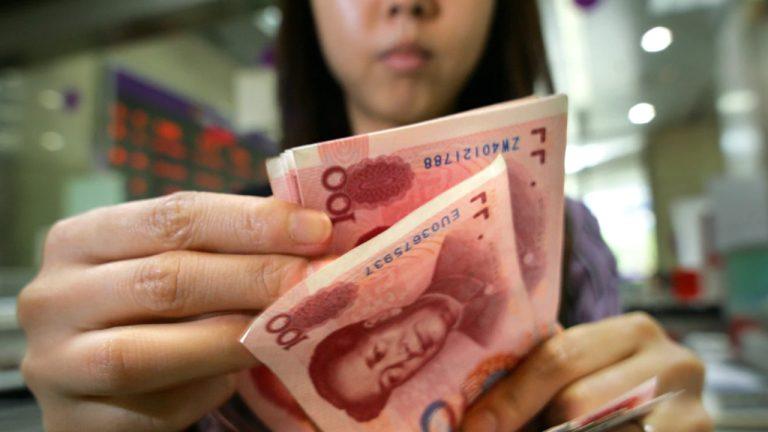
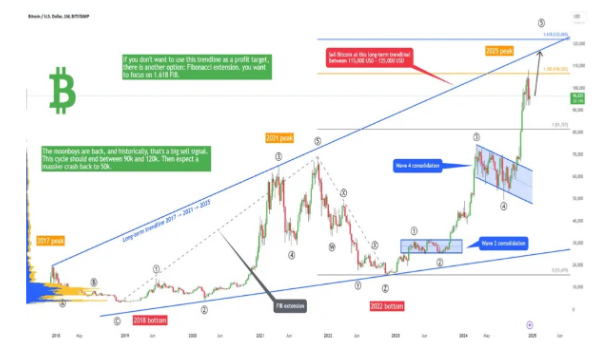
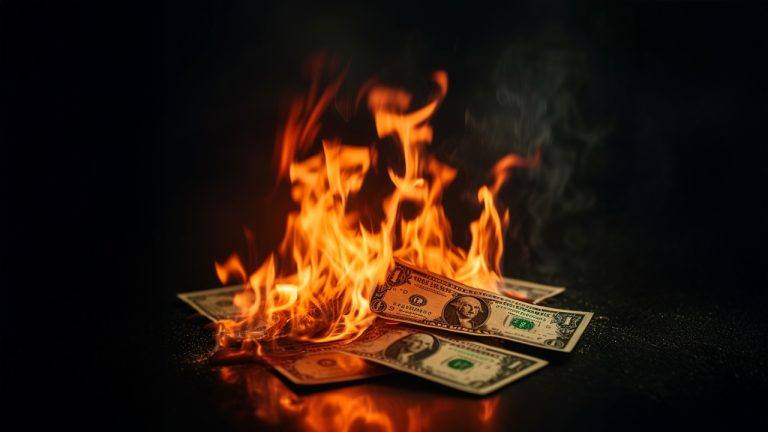
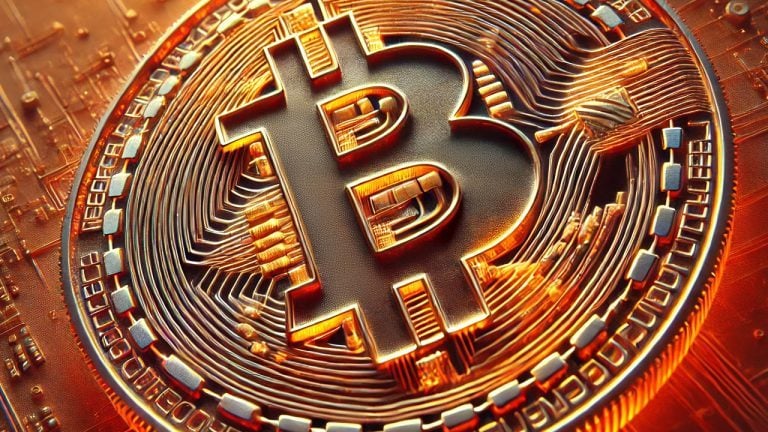


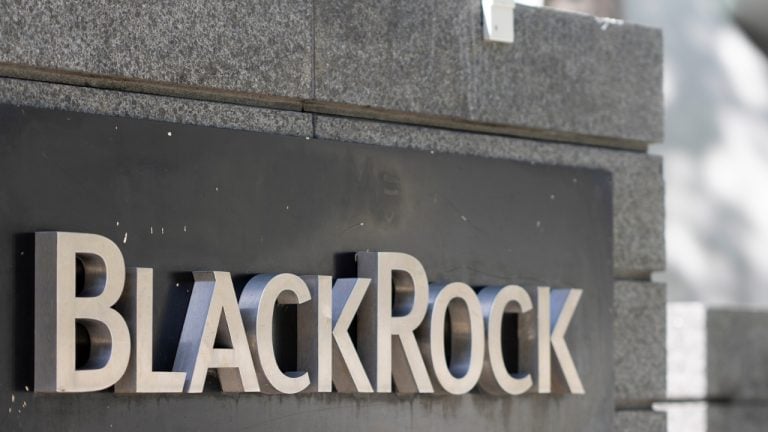
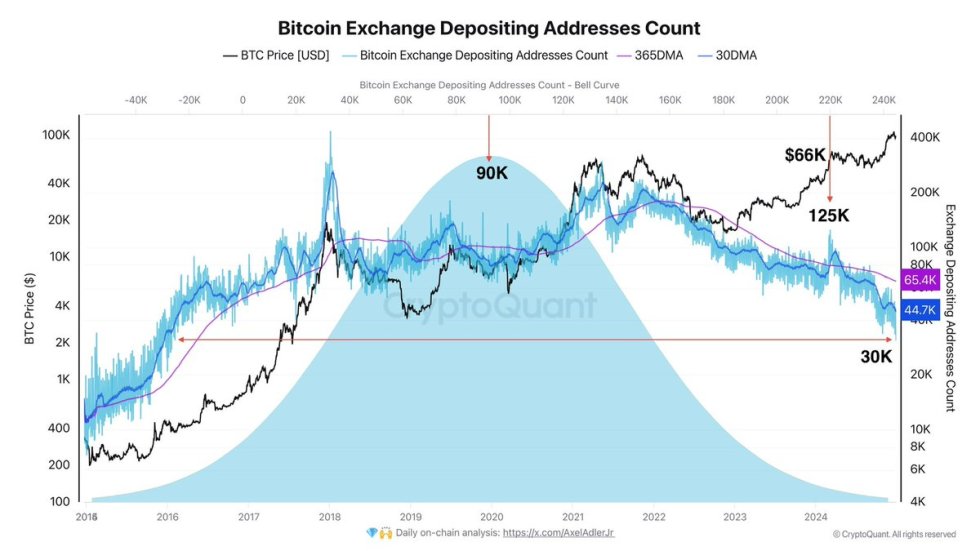
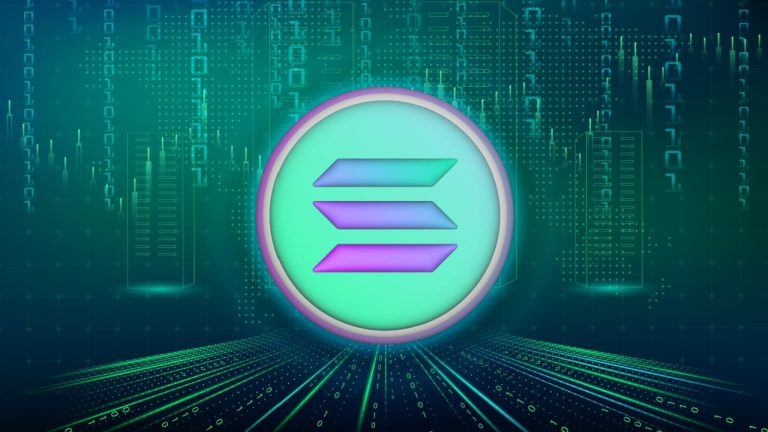

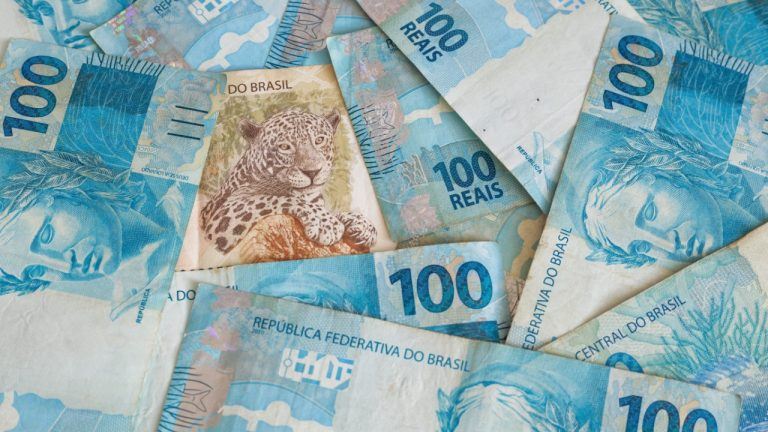
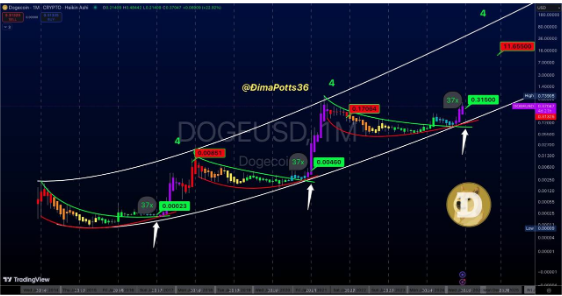
Comments